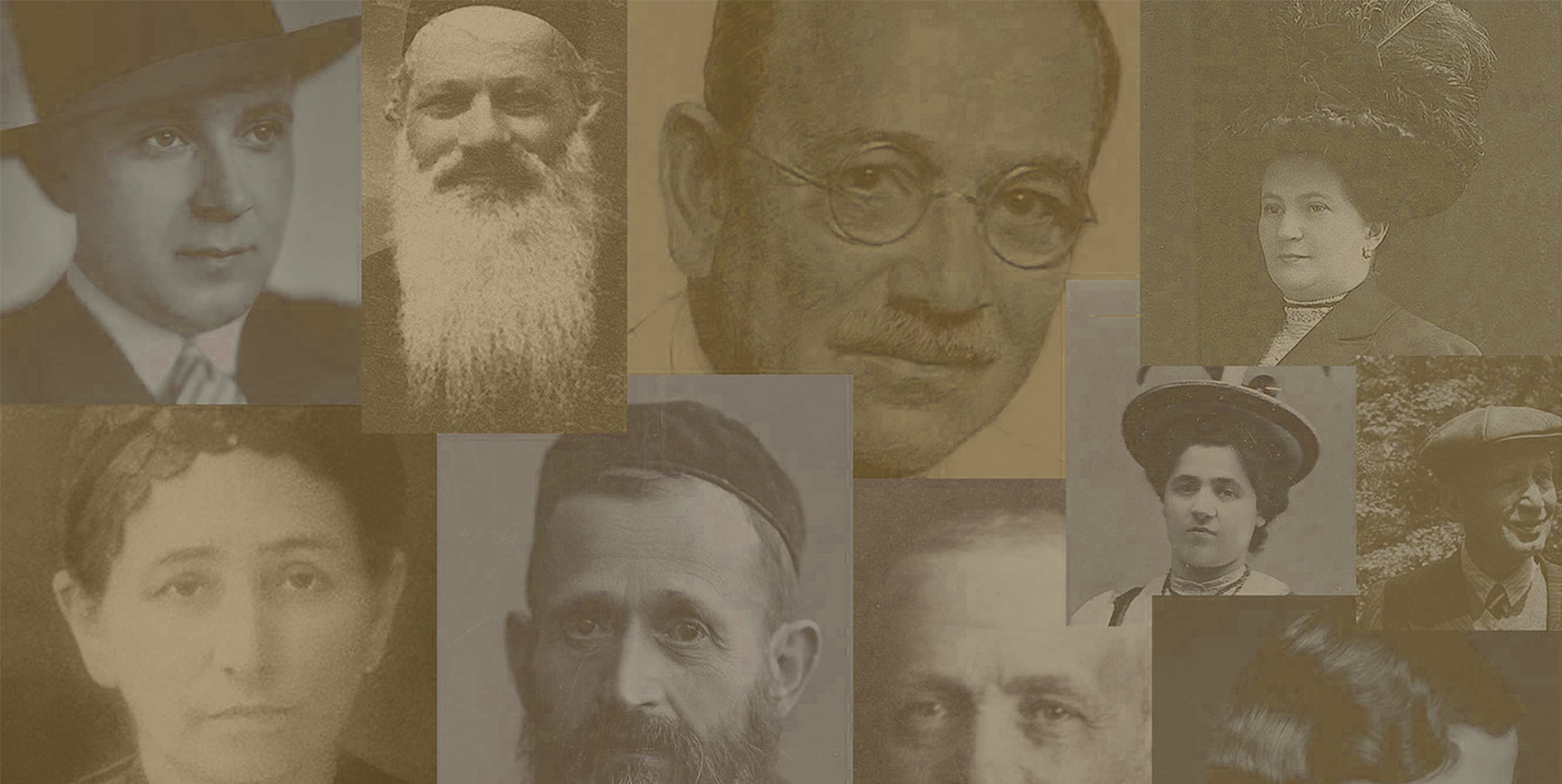
Finding Our Fathers: A Guidebook to Jewish Genealogy | Still Relevant 40 Years Later
Originally published in 1977, Finding Our Fathers: A Guidebook to Jewish Genealogy, by Dan Rottenberg, was a groundbreaking publication. Although we reprinted it in 1995 with a new Preface, Finding Our Fathers was an ambitious product of the pre-Internet era. While Jewish researchers have far greater access to Jewish sources than Mr. Rottenberg did in the late 1970s, there is still much about his book to commend it to present-day researchers. The volume provides a quick course in Judaica, including a discussion of the Diaspora, explanations of the differences between Sephardic and Ashkenazi Jews, Jewish naming practices, and more. Chapter Five discusses Jewish traditions, and Chapter Six outlines the primary Jewish sources and repositories in the United States. The final two chapters of Finding Our Fathers contain country-by-country sketches of Jewish sources in Europe and, of course, Israel.
Another timeless feature of the Rottenberg book is its alphabetically arranged guide to Jewish genealogies found in books and articles. While certainly not the final word on the subject, it nonetheless provides a starting point for anyone hoping to learn what research has been done on their family. Excerpted below is an explanation of how Mr. Rottenberg went about preparing his bibliography and a few entries from this extensive appendix to the volume.
“A Source Guide to Jewish Family Genealogies,” by Dan Rottenberg
Introduction
THE GREATEST DISCOVERY of my genealogical adventures occurred in 1970 after I received a phone call one night from my friend Chuck Bernstein, a Chicago lawyer. Like me, Chuck is a Jewish genealogy fanatic, but he is also Blessed with a photographic memory, which means that he had memorized not only the entire genealogy of his own family but of mine as well.
“Take a look in the Jewish Encyclopedia, ” Chuck told me on this particular night. “There’s an article about a Saul Margolioth who was a rabbi in Zbarazh in the eighteenth century. Maybe he’s related to you.” With his phenomenal memory, Chuck had recalled that I had ancestors named Margulies who had lived in the town of Zbarazh, Galicia.
At the time, I had not even heard of the Jewish Encyclopedia. It had never occurred to me to look for my ancestors in an encyclopedia because it never occurred to me that any of them might have been famous. Nor had it occurred to me that a name like Margulies might have been derived from another name, like Margolioth, although today that seems so obvious that I am appalled at my previous lack of imagination.
A few days later I followed Chuck’s advice and went to the public library to look through the 12-volume Jewish Encyclopedia. There I found not only an article on Rabbi Saul Margolioth of Zbarazh but articles on countless other Margolioths from Galicia, including two who, like Saul Margolioth, had lived in Zbarazh during the eighteenth and early nineteenth centuries. In addition, the encyclopedia provided a family tree tracing most of these Margolioths all the way back to the sixteenth century. Finally, the encyclopedia suggested that this Margolioth family is the ancestor of most Galician Jews with names like Margulies, Margolis, Margolin, and so on—a fact I have subsequently verified through other sources. Through all my years of genealogical research, my wildest fantasy had been that someday I would discover a document that would open the door to the Middle Ages and trace my own family back hundreds of years. Now my wildest fantasy had been fulfilled.
That experience with the Jewish Encyclopedia taught me that there is more than one way to search for your ancestors. The most obvious and most popular method is to work through your relatives and go as far back in time as you can. The less obvious and far less direct method is to trace everybody else’s family trees on the theory that other people’s ancestors may turn out to be your ancestors too. This is the approach being taken by the Mormon Genealogical Society, which would like to assemble family trees for the entire population of the world, undoubtedly an impossible task. Jews, on the other hand, represent only one half of one percent of the world’s population. This means that the family tree of the world’s Jews can be painted on a relatively small canvas; if enough of that canvas filled, perhaps we can see the whole picture. If a sufficient number of Jews exchanged family information with one another in some centralized form, might we not be able to fill in enough of the missing pieces of our past to enable us to discover more of our own ancestors?
Inspired by my experience with the Jewish Encyclopedia, I have attempted to take the first step toward such an information exchange by compiling the alphabetical list of some 8,000 Jewish family names which follows. It summarizes whatever genealogical and biographical information I have found about each family name after combing through every line of the Jewish Encyclopedia, the Universal Jewish Encyclopedia, and the Encyclopaedia Judaica, after looking through hundreds of published and unpublished books of Jewish family histories, and after studying the genealogy holdings of some half-dozen major Jewish archival institutions in the United States and Israel.
Ideally, you should be able to look up your family name in this guide and find information about the derivation of the name, some description of families which have carried the name and where they came from, references to family trees, records and histories, and cross-references to families which I have found to be related to families with your name. You can then look up the entries for these related families, which will perhaps provide helpful information for tracing your own family.
Recent Blog Posts




